In a recent conversation with a colleague who is applying for new positions, we had the chance to brainstorm possible interview questions and responses. One question/prompt was to identify the top three values in the classroom and the school. Together we thought of the following:
- Safety for all - physically, emotionally, psychologically, ...
- A collaborative school community.
- High quality teaching and learning.
As I thought further about the conversation, this blog post came to life. We must Maslow before we Bloom.
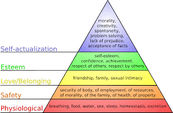
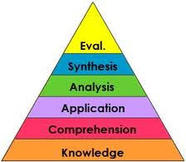
|
*One important thing to note is the way Bloom's Taxonomy is often depicted. As you see in the image, the levels are often showed in a list format (or a pyramid) which doesn't present the levels of thinking accurately. Knowledge and comprehension is definitely the base two levels. After that the levels are not sequential as depicted in most images. Often referred to as higher levels of thinking, the levels do NOT go in the order of most graphics. You really do not need to apply before you analyze, analyze before you synthesize, or synthesize before you evaluate. In a workshop I had the privilege of presenting titled "Effective Elements of Instruction" the team of presenters and I presented a sunrise graphic for the levels of thinking. After an individual acquires the levels of knowledge and comprehension on any particular subject, they can go to any of the four higher levels of thinking and in any order if they access multiple higher levels.
|
|
We must Maslow before we Bloom applies to learners of all ages as well. It absolutely applies to adult learners. Any school leader, district administrator, coach, grade level team member, PLC member, … must ensure that the basic needs of all learners are recognized and met. Everyone - teachers, paraprofessionals, specialists, administrative assistants, custodians, parents, relatives, ... - must be respected, valued, heard, recognized, celebrated, supported, ... I remember from my experience in Lesson Study groups through the Silicon Valley Math Initiative (SVMI), norms were always established and addresses at the beginning of every meeting. Some may think the time it takes to review norms cuts into the academic discourse but without it, the conversations are definitely not as respectful, rich, and meaningful. The time invested in establishing and reviewing norms is invaluable. In order to ensure a greater level of productivity, joy, happiness, and collaboration in the work between adult learners, we must attend to everyone’s basic needs. We must Maslow before we Bloom.
“In teaching … ‘You can’t do the Bloom stuff until you take are of the Maslow stuff.’” - Alan E. Beck
What are you doing/will you do to Maslow for your students and colleagues?
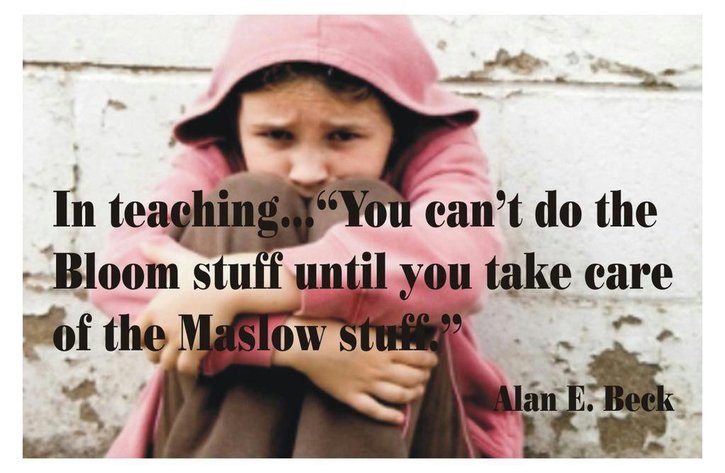
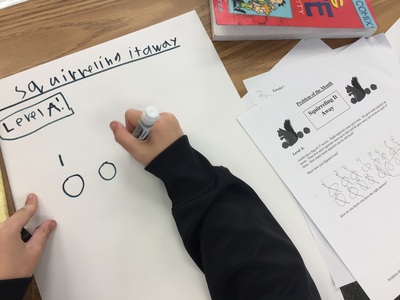
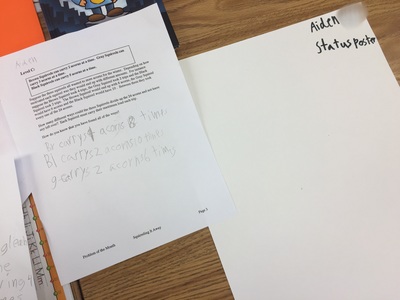
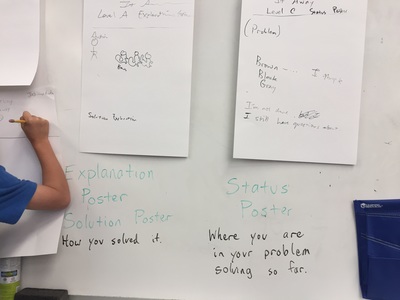
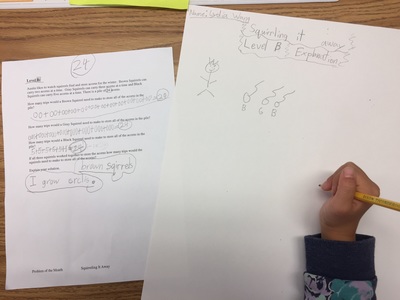
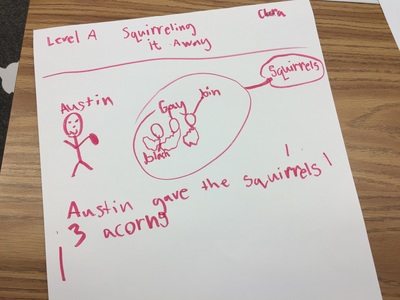

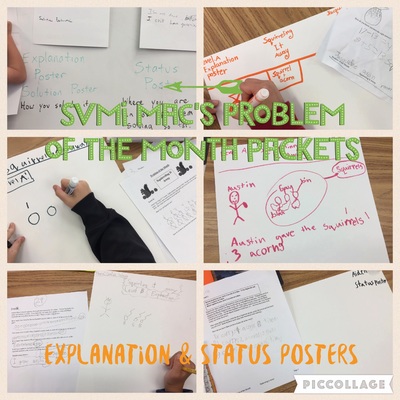
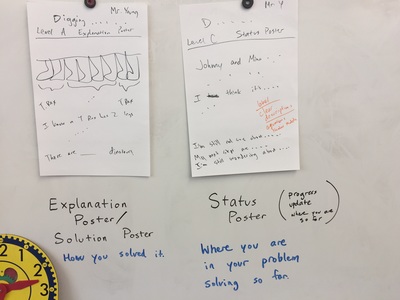

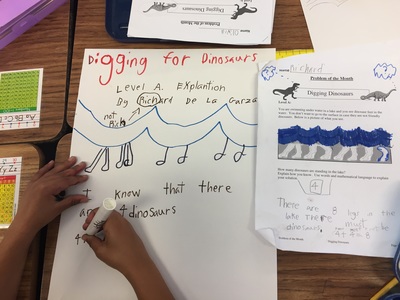
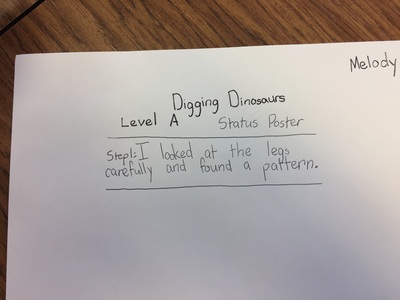
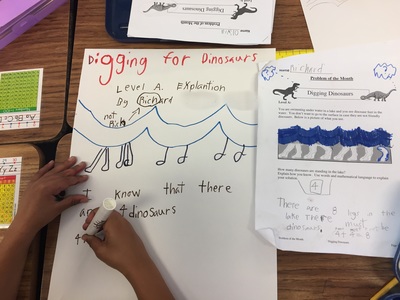
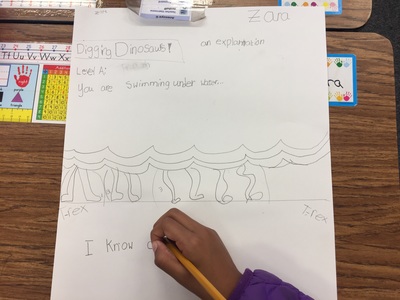
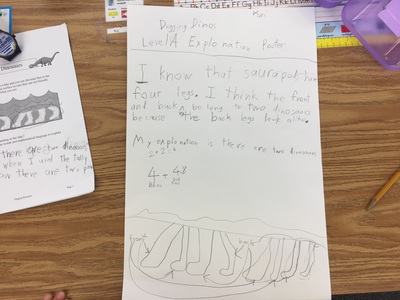
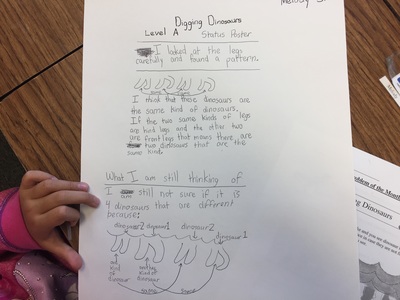
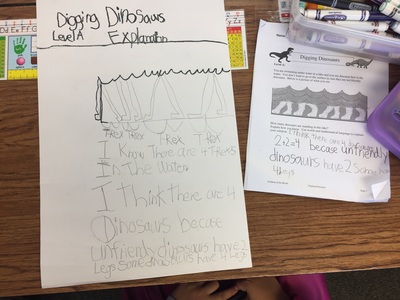
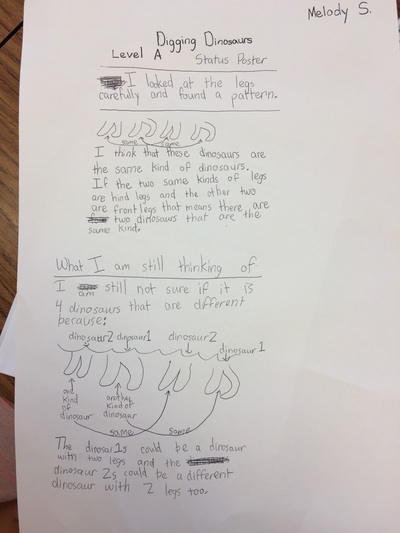
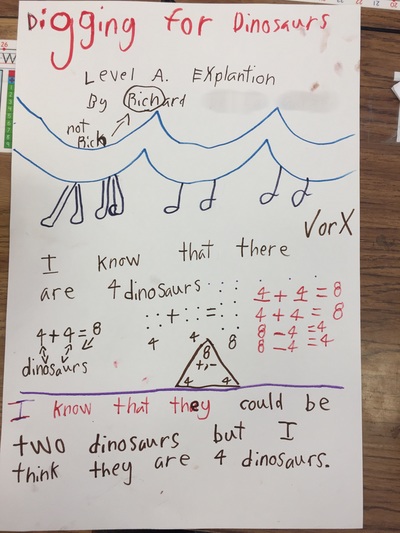
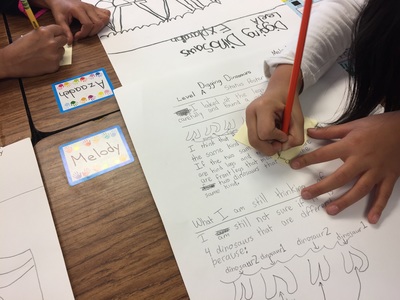
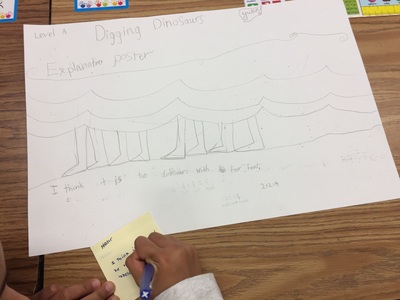
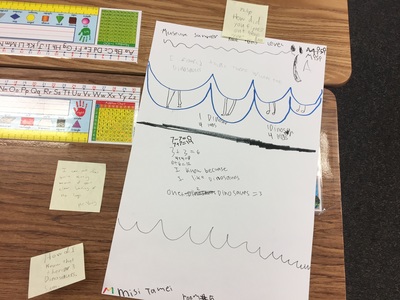
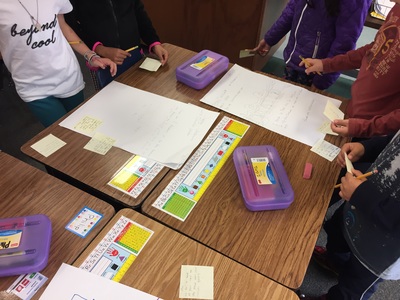
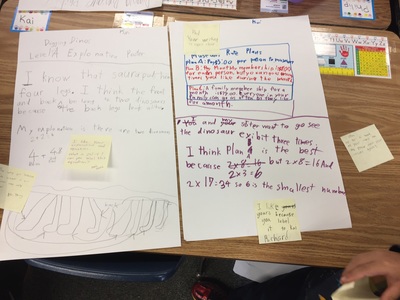
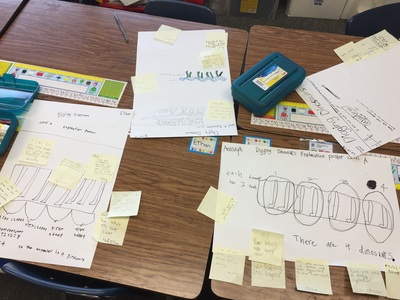
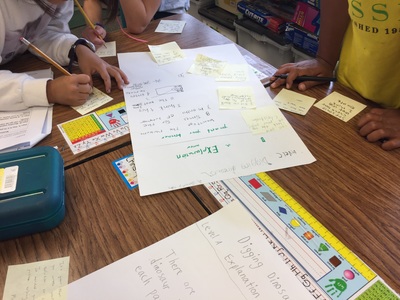
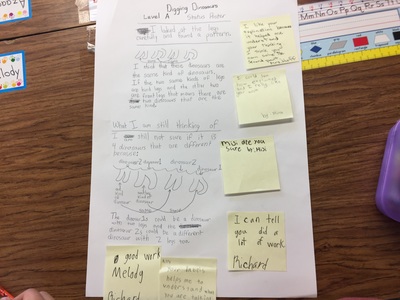
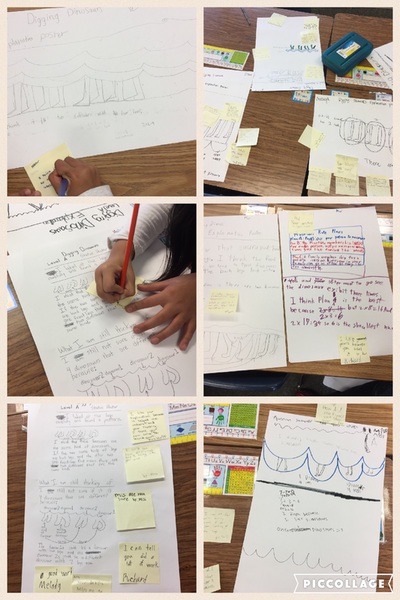
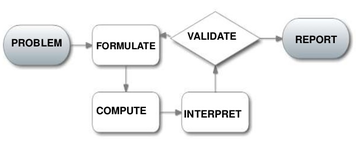
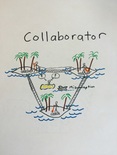

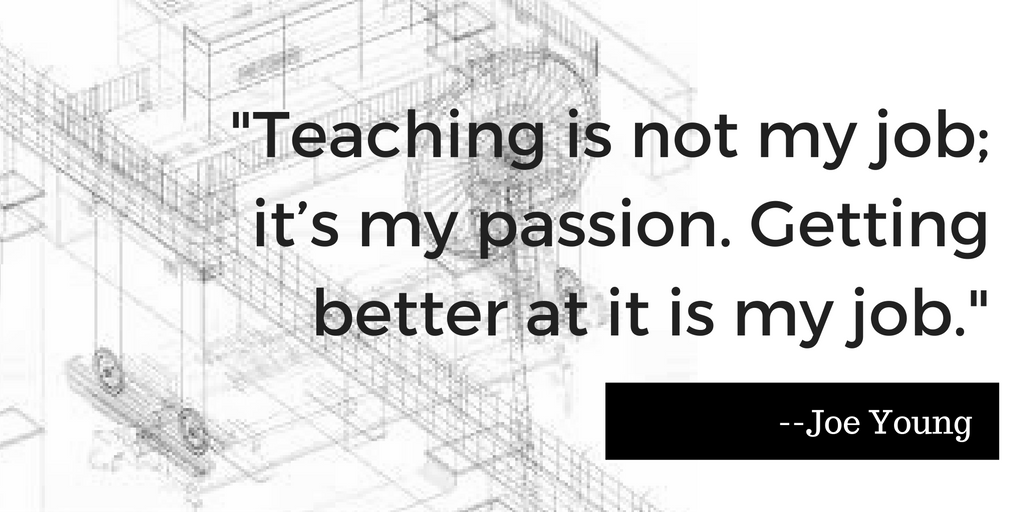
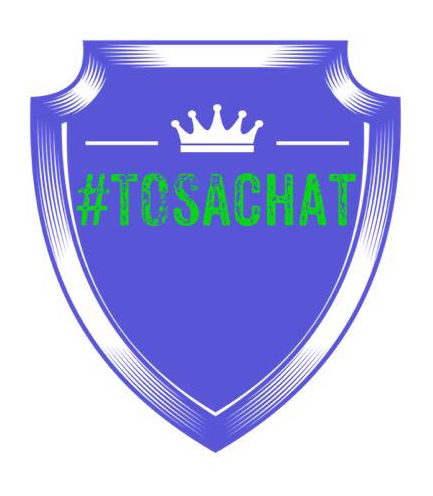




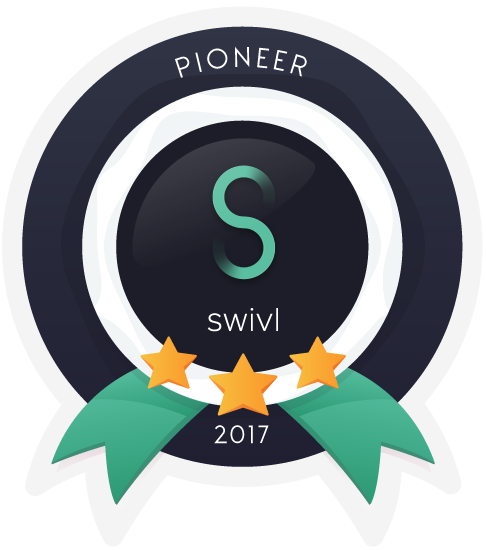

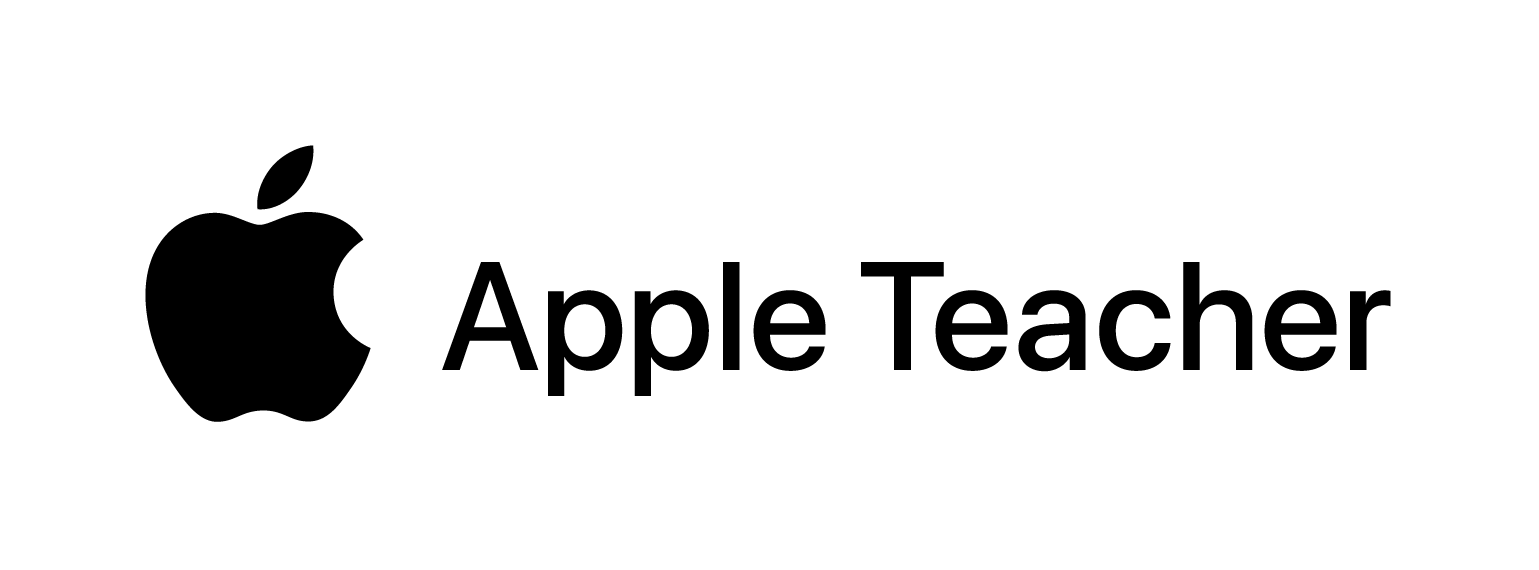
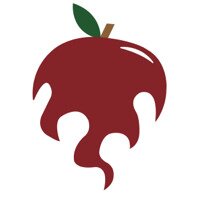
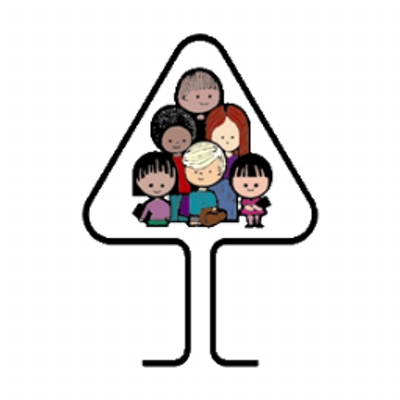
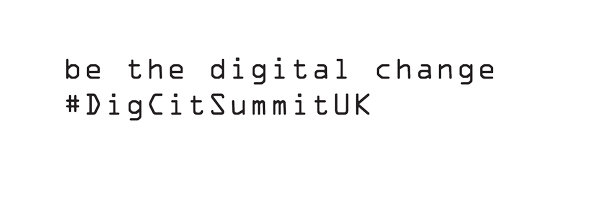

 RSS Feed
RSS Feed
